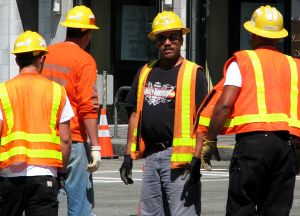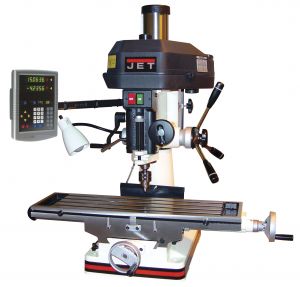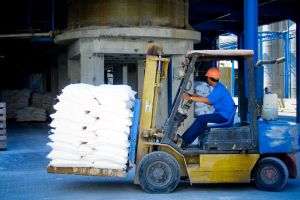Royal Institutional Services Inc., a commercial laundry service in Somerville, has been cited by the U.S. Department of Labor’s Occupational Safety and Health Administration after a mechanic had his hand compressed by an ironing machine on January 26. The company faces four alleged violations of workplace safety standards and a proposed fine of $49,935.
After learning of the incident in which the employer was lubricating a chain on the iron that was not turned off, OSHA opened its inspection into the company´s workplace safety. They found that not only had the machine been powered at the time of the accident, but that it´s power source was not locked out before the mechanic began his maintenance. OSHA standards require “Lockout/Tagout (LOTO)” procedures which protect employees from the unexpected startup of machinery and equipment when a machine is being serviced or maintenanced by completely powering off the energy to the machine.
OSHA also found that employees who were authorized to work on the machine were not properly trained or monitored to make sure that they knew how to operate the machines and manage their energy.
OSHA’s area director for Middlesex and Essex counties in Massachusetts, Jeffrey A. Erskine said, “It’s not enough for an employer to have a hazardous energy control program in place. It must be effective, and authorized employees must be effectively trained so they will understand and safely utilize proper procedures…Failure to do so can result in serious injury, such as occurred here.”
Because OSHA had previously cited the company for a lack of energy control procedures in March of 2006, Royal Institutional Services was given a repeat violation with a fine of $35,000 for this similar violation. They were also given two serious violations with $14,000 in fines for the lack of proper training and one violation for the lack of written lockout procedures for a machine with a fine of $935.
OSHA issues a repeat violation when an employer has previously been cited for the same or a similar violation of a standard, regulation, rule or order at any other facility in federal enforcement states within the last five years. OSHA issues a serious violation when death or serious physical harm could likely result from a hazard about which the employer should have known about or knew about and failed to fix.
The inspection was conducted by OSHA´s Andover Area Office and the company has 15 business days to respond to OSHA or contest the charges to the Occupational Safety and Health Review Commission.
If you or your loved one has been injured in the workplace, it is advised that you contact an experienced Massachusetts workers’ compensation lawyer.
Source:
US Labor Department’s OSHA cites Somerville, Mass., commercial laundry for safety hazards following worker injury, OSHA Regional News Release, June 28, 2011
Related Blog Posts:
Bostik Inc. Provides Cause for Plant Explosion and Worker Injuries in Middleton, Officials Continue Investigation
Mansfield Factory Worker Injured by Forklift
Continue reading
 Massachusetts Workers' Compensation Lawyer Blog
Massachusetts Workers' Compensation Lawyer Blog


 The victim, Edward Lake II, 60, died as he was unloading a bundle of rebar set to be used in the construction of the new $1.2 billion stadium. Both state and local authorities investigated the incident, and the lead construction manager halted work on the project for the remainder of Monday. The death is the second to take place at the site in four months. According to the contractor, employees would resume work on Tuesday and take part in safety meetings and be offered counseling.
The victim, Edward Lake II, 60, died as he was unloading a bundle of rebar set to be used in the construction of the new $1.2 billion stadium. Both state and local authorities investigated the incident, and the lead construction manager halted work on the project for the remainder of Monday. The death is the second to take place at the site in four months. According to the contractor, employees would resume work on Tuesday and take part in safety meetings and be offered counseling.








